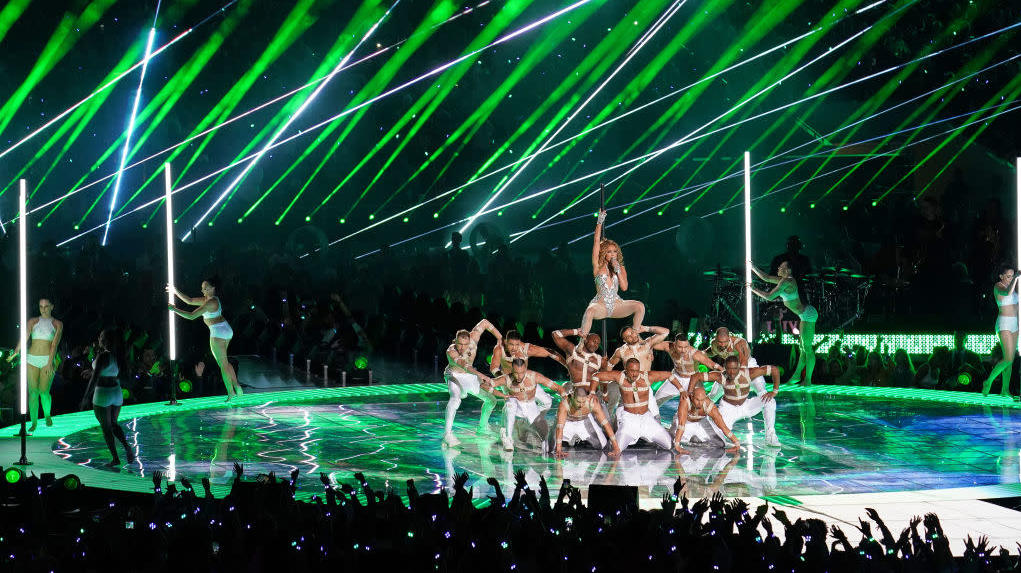Coke, Pepsi, And Budweiser Are All Skipping Super Bowl LV [Updated]
Update, January 26, 2021: Coca-Cola and Pepsi have also made the decision to sit out this year's Super Bowl and forego advertising during the game. Unlike Budweiser, Coke was a little more vague in how it's diverting the millions of dollars it would have spent on a commercial.
"This difficult choice was made to ensure we are investing in the right resources during these unprecedented times," read a statement from the company. "We'll be toasting to our fellow brands with an ice-cold Coke from the sidelines."
According to the Associated Press, PepsiCo will still air commercial spots for its other products, such as Mountain Dew and Frito-Lay snacks, but Pepsi will be advertised only via the sponsorship of the halftime show itself. We have additionally received confirmation from Budweiser that its parent company, AB InBev, will still be running commercials for Bud Light, Bud Light Seltzer Lemonade, Michelob Ultra, and Michelob Ultra Organic Seltzer during the Super Bowl.
Original post, January 25, 2021: Super Bowl LV is right around the corner, and this is usually right around the time when we start hearing about the exorbitant amounts of money that advertisers spend on coveted ad spots during the game. But this year, Budweiser is taking the opportunity to make a statement beyond "Whazaaaap?" The company has announced that it will forego a Super Bowl ad in favor of funding COVID-19 vaccine awareness efforts and education. That's right: even America's oldest national beer brand can't muster excitement for a Chiefs-Bucs Super Bowl. (Kidding. Maybe.)
According to a press release emailed to The Takeout with the heading "Trading One Tradition for Another," this is the first time in 37 years that Budweiser won't have an ad air during the game, choosing instead to "[reallocate] the media investment to help support recovery in the on-premise through COVID-19 vaccine awareness and education throughout the year." The beer brand has still produced a flashy ad in order to convey all this, of course, but that ad will be available online only, starting today. Here it is, below:
The advertisement, "Bigger Picture," features the narration of Rashida Jones and hits the notes you might expect from an ad in 2021 looking back on the past year. It praises our resilience and our creative ways of finding togetherness during our time apart. It shows people drinking beer together at a responsible distance. It features neighbors singing "Lean On Me" from their respective apartment balconies. It eagerly anticipates the moment when we can be back together again in bars, restaurants, and concert venues. Though this ad won't be on TV during the game, you can bet that a hell of a lot of the ads that do run during this year's Super Bowl will be aiming for the same pocket of hopefulness and unity.
According to the press release, Budweiser will donate a percentage of its airtime to the Ad Council, as well as the COVID Collaborative's Vaccine Education Initiative, "one of the largest public health communications campaigns in history, with additional campaigns throughout 2021 to continue vaccine adoption efforts." It'll be interesting to see which other brands, if any, will follow a similar model this year.
